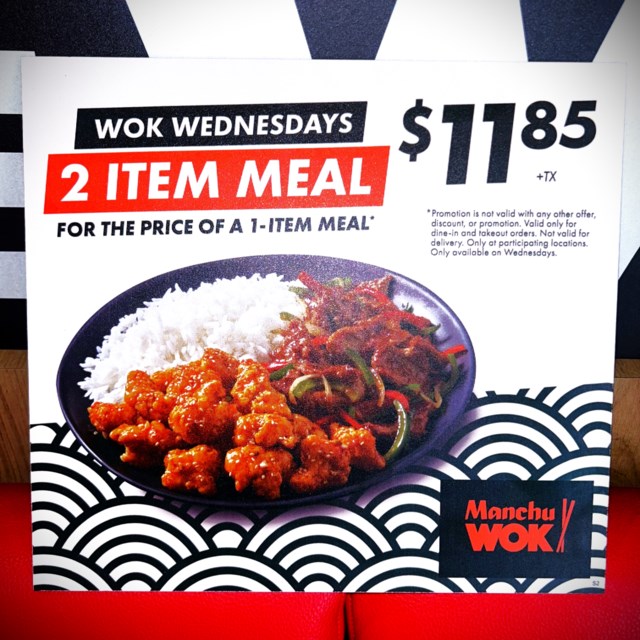Trump tariff whiplash forces more automakers to scrap profit guidance
Unable to predict the impact of U.S. President Donald Trump’s ever-changing trade war, Stellantis STLA-N and Mercedes-Benz became the latest automakers on Wednesday to yank their profit guidance citing market uncertainty wrought by tariffs. Volkswagen issued guidance at the bottom end of its forecast, but UBS analyst Patrick Hummel wrote in a client note that the German automaker’s outlook did not “include any impact of U.S. tariffs,” calling it “essentially a withdrawal of guidance.” Trump’s trade war has pummelled markets in recent weeks and even before the latest moves, a Reuters analysis showed that about 40 companies worldwide have pulled or lowered their forward guidance in the first two weeks of the first-quarter earnings season, including General Motors GM-N and Volvo Cars. The moves underscore the chaos unleashed by the ever-changing tariffs and the uncertainty in boardrooms and on Main Street, which is stifling Americans’ appetite for spending. The 25 per cent tariffs on imported autos imposed earlier this month are expected to raise U.S. car prices by thousands of dollars, reducing demand and piling pressure on an automobile industry already struggling with a slowing transition to electric vehicles. Faced with a lack of clarity, Mercedes executives exuded an aura of studied calm during the company’s first-quarter conference call with analysts, referring to the chaos of Trump’s opaque, shifting tariff policy as a “dynamic market environment.” Trump auto tariff relief plans don’t go far enough, Canadian industry leaders say Chief Financial Officer Harald Wilhelm told analysts that full-year guidance “cannot be provided today with a reliable degree of certainty.” But he warned if U.S. tariffs remained in place all year, it would shave 3 percentage points off profit margins for car sales and 1 percentage point for vans. CEO Ola Källenius said the premium German automaker was still holding “constructive” talks with the Trump administration on its future U.S. production footprint, but stressed that Mercedes is determined to “see this through with a steady hand.” Investor reaction was muted, as markets digested the latest orders issued by Trump on Tuesday which offered some tariff relief to U.S. domestic automakers. Under those orders, automakers will no longer also be subject to 25 per cent tariffs on steel and aluminum or on Canadian and Mexican goods related to the U.S. fentanyl crisis. They would also receive credit for U.S.-assembled vehicles. Volkswagen and Mercedes shares were down 0.5 per cent and 0.9 per cent, respectively, while Stellantis – which is far more reliant on U.S. production and stands to benefit more from the changes – was up 1.8 per cent. Despite pleas from analysts on a quarterly earnings call, Volkswagen CFO Arno Antlitz declined to quantify the impact of tariffs, saying it was too early to do so. “We stand ready to work with policy-makers to find solutions to support the industry while preserving opportunities for workers,” Antlitz said, adding the group would adjust its forecast once there was more clarity. The auto industry plans years ahead, weighing billions of dollars in investments in assembly plants and new models based on car sales forecasts. The bedrock of all those investments is market certainty. “Trump has a track record of changing course, so there’s every chance we’ll see further adjustment,” said Philipp Sayler von Amende, chief commercial officer at British online car marketplace Carwow. “From investment decisions to stock availability and consumer confidence, this is a global industry that needs clarity – not surprises – to thrive.” Stellantis said in a statement that its decision to pull guidance was “due to evolving tariff policies, as well as the difficulty (in) predicting possible impacts on market volumes.” Pal Skirta, analyst at German research firm Metzler, said Trump’s move on Tuesday to give automakers two years to boost the percentage of local components in U.S.-made vehicles indicated his administration was unlikely to pull back from tariffs and would probably stick to pushing for an increase in domestic production. “This could result in two burdens for manufacturers,” he said, consisting of “ongoing tariff costs” while also having to invest in restructuring global supply chains and increasing U.S. production.



















